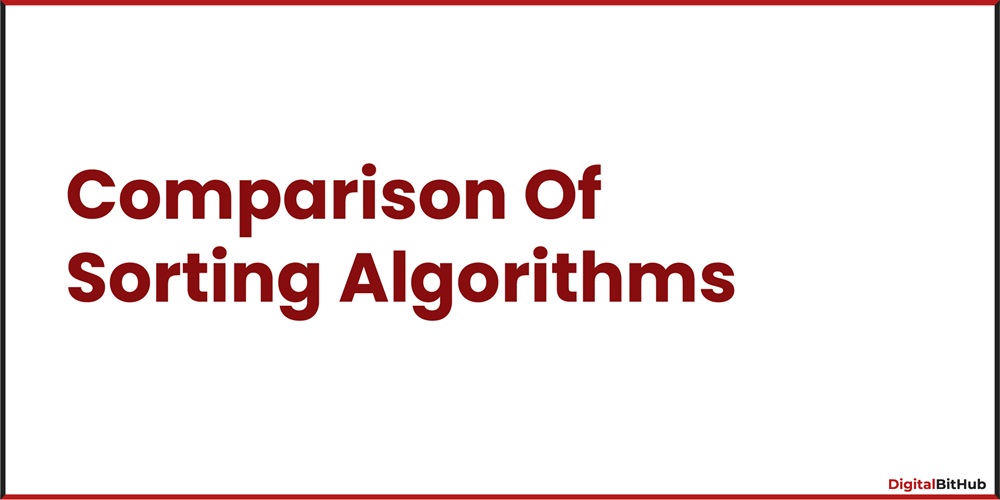Given an integer array of size N, we want to check if the array is sorted (in either ascending or descending order). An algorithm solves this problem by making a single pass through the array and comparing each element of the array only with its adjacent elements. The worst-case time complexity of this algorithm is
A.
both Ο(𝑁) and Ω(𝑁)
B.
Ο(𝑁) but not Ω(𝑁)
C.
Ω(𝑁) but not Ο(𝑁)
D.
neither Ο(𝑁) nor Ω(𝑁)
Solution:
The given algorithm makes a single pass through the array, comparing each element with its adjacent elements to determine if the array is sorted in either ascending or descending order.
- In either the Best-Case or Worst-Case scenario, the algorithm would only need to perform (N-1) comparisons to verify that each element is in the correct order or not to its adjacent element, resulting in a time complexity of Ο(N) or Ω(N).
So, the correct option is A: both Ο(N) and Ω(N)

